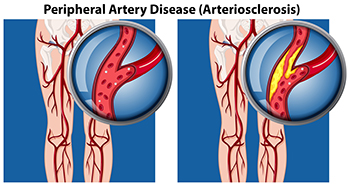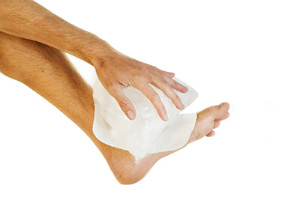
Flip-flops are easy to wear. They are popular shoes to purchase in the summer months for their various colors and the ease of slipping them on to go to the beach. Despite their simplicity, frequently wearing this type of shoe may cause uncomfortable foot problems. The majority of flip-flops do not have an arch, which may lead to heel pain. The toes can also begin to hurt as they are constantly gripping the shoe while walking to keep it on the foot. Additionally, cracked heels can be common among people who wear flip-flops. This can be from the shoe having little or no cushioning and the foot can lose support from the lack of a strap. This may cause the calf muscles to work harder and the foot may strike the ground abnormally. If you would like to learn more about the pros and cons of wearing flip-flops, please consult a podiatrist who can accurately answer any questions you may have.
Flip-flops are not always the best choice of footwear. If you have any concerns about your feet or ankles, contact one of our podiatrists from Illinois . Our doctors will assist you with all of your foot and ankle needs.
Flip-Flops and Feet
When the weather starts warming up, people enjoy wearing flip-flops. Flip-flops are comfortable, stylish, and easy to slip on and off; they're perfect for any summer beach goer. However, these shoes can cause harm to the feet.
How Can Flip-Flops Affect Me Long-Term?
- Ankle problems
- Hip problems
- Lower back problems
- Pain in the balls of the feet
- Problems with foot arches
- Changes in the way you walk
Are There Injuries Associated with Flip-Flops?
Yes. Since flip-flops are relatively weak and do not provide the same amount of support as sneakers, people who wear flip-flops regularly are more susceptible to injuries. On top of that, the open nature of the shoe makes your feet more prone to other problems, such as cuts and even infections. Common injuries and ailments include:
- Sprained ankles
- Blisters
- Infections
- Cuts and Scrapes
I like Wearing Flip-Flops. Are There Safe Alternatives?
When buying flip-flops, try to find ones that have sturdy soles and that are made of high-quality materials that will support for your feet. These flip-flops will cost more but will also last longer as a result.
If you have any questions please feel free to contact our offices located in Wheeling and Berwyn, IL . We offer the newest diagnostic and treatment technologies for all your foot and ankle needs.





